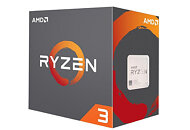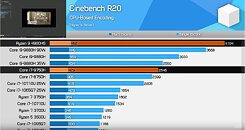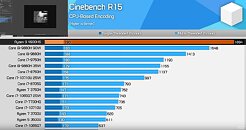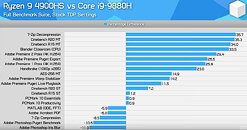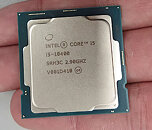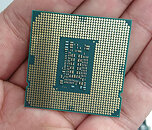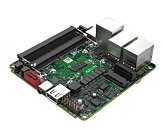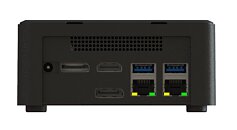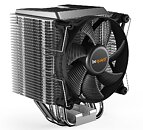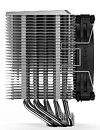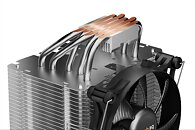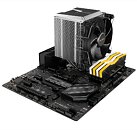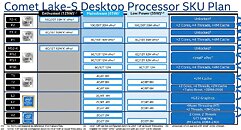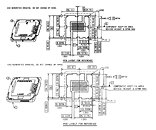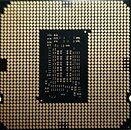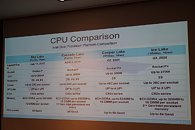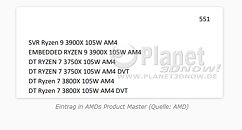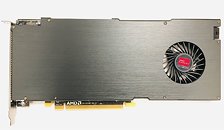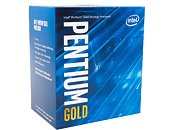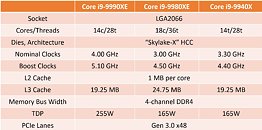
ASRock Enables Overclocking on Non-Z Motherboards for 10th Generation Non-K Comet Lake CPUs
Historically, Intel has separated its processors and chipsets that accompany them to overclockable and non-overclockable ones. That means that only the "K" CPUs can be overclocked. With the latest generation, only some parts of the lineup are K CPUs, like the Core i9-10900K, i7-10700K, i5-10600K, etc. Those processors could only be overclocked one put in motherboards based on "Z" chipset, like Z390 and Z490. However, it seems like ASRock has developed a new technology that will overclock non-K CPUs on non-Z motherboards, which is quite impressive.
Called the Base Frequency Boost (BFB) technology, it will allow for overclocking the non-K processors on chipsets like B460 and H470. How will that work you might wonder? Well, ASRock will take the TDP of the CPUs and make it run in the PL1 mode, which increases the processor TDP form 65 W and turns it into a 125 W TDP beast. This will, of course, be user selective and case dependent, meaning that if your cooling system can not handle that much heat coming out from the overclocked processors, it is unlikely that they will reach the peak clocks ASRock can target. You can check out the slide below:
Called the Base Frequency Boost (BFB) technology, it will allow for overclocking the non-K processors on chipsets like B460 and H470. How will that work you might wonder? Well, ASRock will take the TDP of the CPUs and make it run in the PL1 mode, which increases the processor TDP form 65 W and turns it into a 125 W TDP beast. This will, of course, be user selective and case dependent, meaning that if your cooling system can not handle that much heat coming out from the overclocked processors, it is unlikely that they will reach the peak clocks ASRock can target. You can check out the slide below:


